Me in my studio: Matt Lange
The new mau5trap signing in his creative space
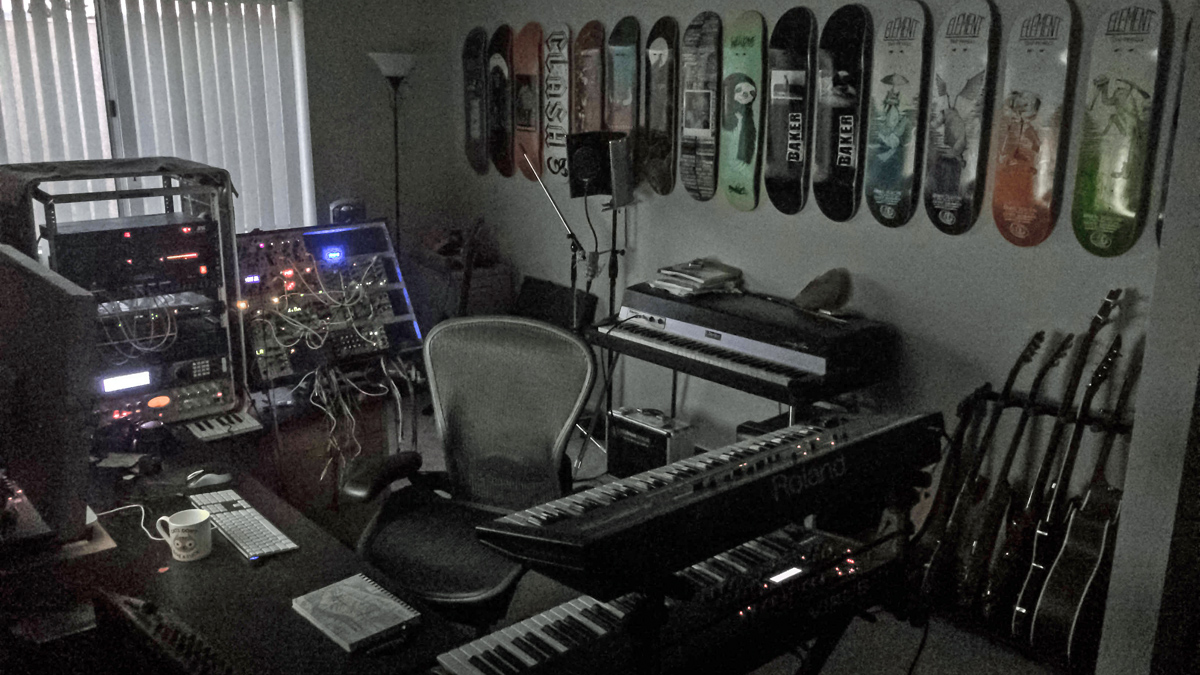
Welcome
Hand-picked by deadmau5 to be signed to his mau5trap label, Matt Lange is set to release Ephemera, his debut album, on 10 September.
“The album’s really a snapshot of where I am right now as an artist,” Lange explains. “It’s this turning point where I have one foot in the world of dance music, and the other foot in a whole different direction.”
A graduate of the Berklee School of Music - most of Ephemera's tracks started life on guitar, piano or modular synth - Lange previously co-engineered BT's album These Hopeful Machines and has worked on a variety of other acclaimed projects. He's played DJ sets around the world, and will be touring in support of his album.
You can keep track of exactly what Matt's up to on his Facebook page. For now, though, allow him to give you a behind-the-scenes look at his studio…

Studio Overview
“This is a basic overview of the studio. I’ve never really had 'good' sound rooms, and the skateboard 'diffusor' is the only room treatment I’ve done. Sacrilege, I know.”
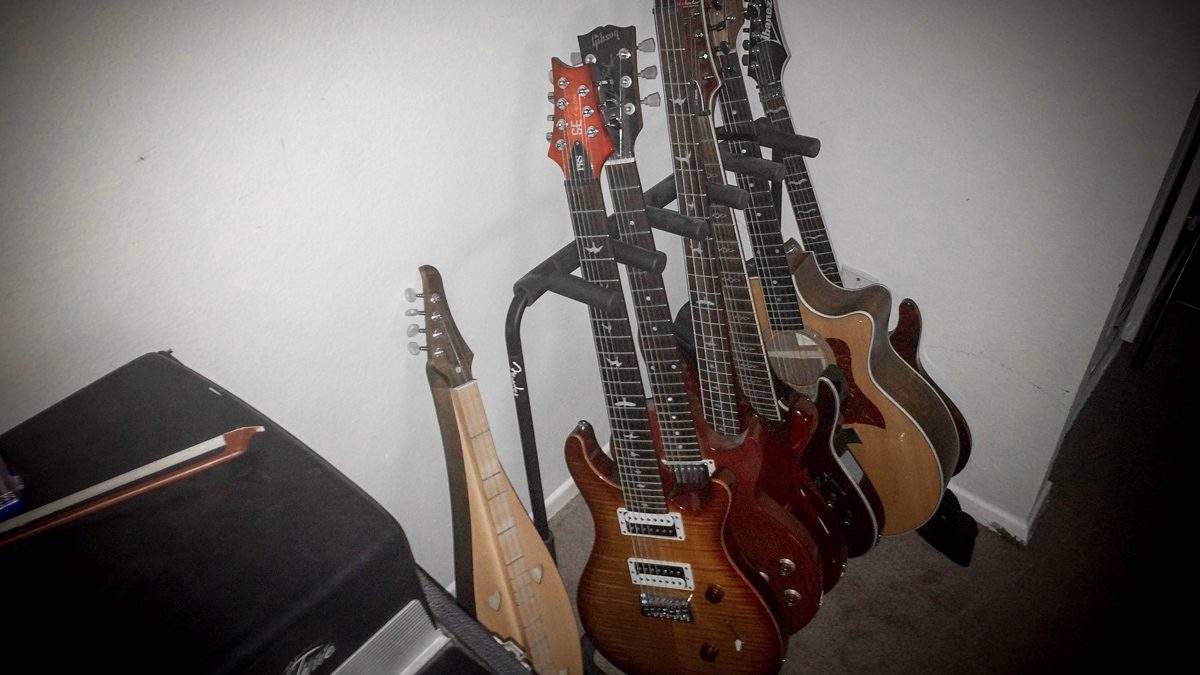
Guitars
“The PRS 7-String gets the most attention. I had some Bareknuckle pickups installed in there when I first got it and having them coil tapped gives me a ton of tonal options with the guitar. It’s also a dream to play.
“The Taylor 414ce is my go-to acoustic. It just sounds absolutely stunning. It’s usually in some ever changing open tuning. Any record I’ve worked on in the past 10 years that has acoustic guitar parts in it would be this guitar.
“I end up picking up the Les Paul when I need to remember what a 6-string electric feels like, and I also just love the tone of it. Very complimentary to the PRS.
“That PRS SE Kingfisher bass is the newest acquisition to the guitar family and, while it’s heavy as hell, it sounds exactly how I like electric basses to sound.”
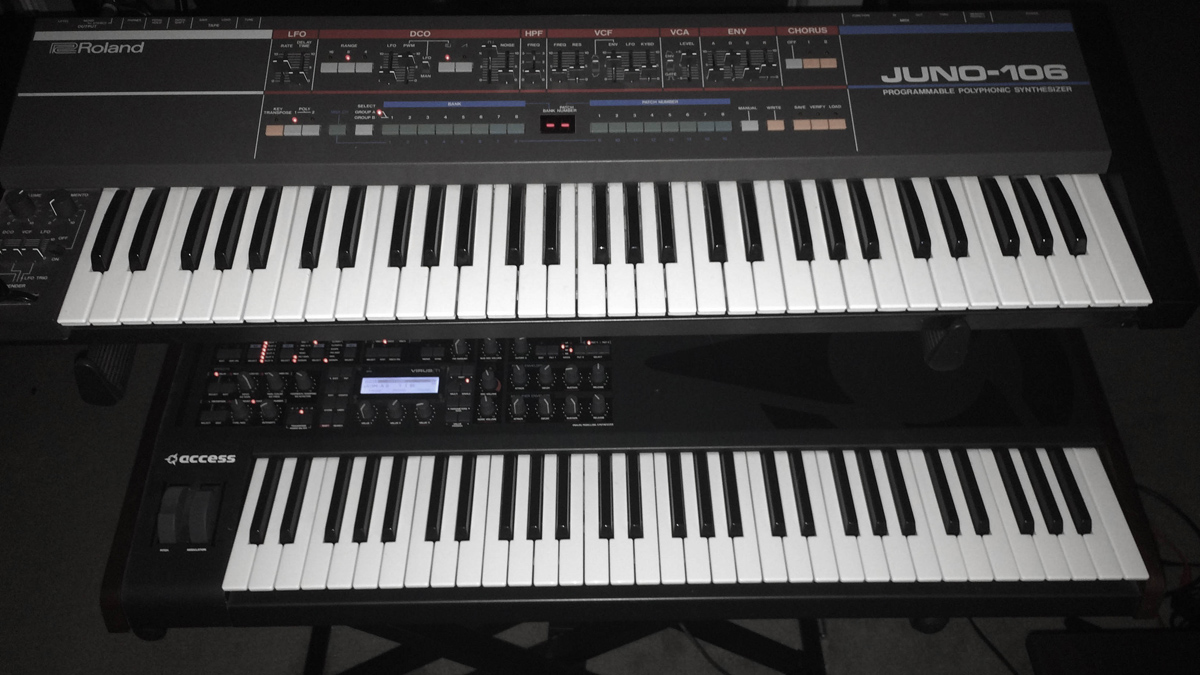
Synths
“I picked up the [Juno] 106 for $250 eight years ago solely for the purpose of making the classic Reese bass. I’ve used it for a few more purposes here and there, but in my mind it’s really just the classic Reese maker.
“The Virus TI is my favourite polyphonic hardware synth for its sheer versatility. It’s a decade old, essentially software in a box, and still sounds better and more alive than any soft synth that tries to do similar tricks. I don’t use polysynth type sounds too often these days, but when I do - Virus all the way.”
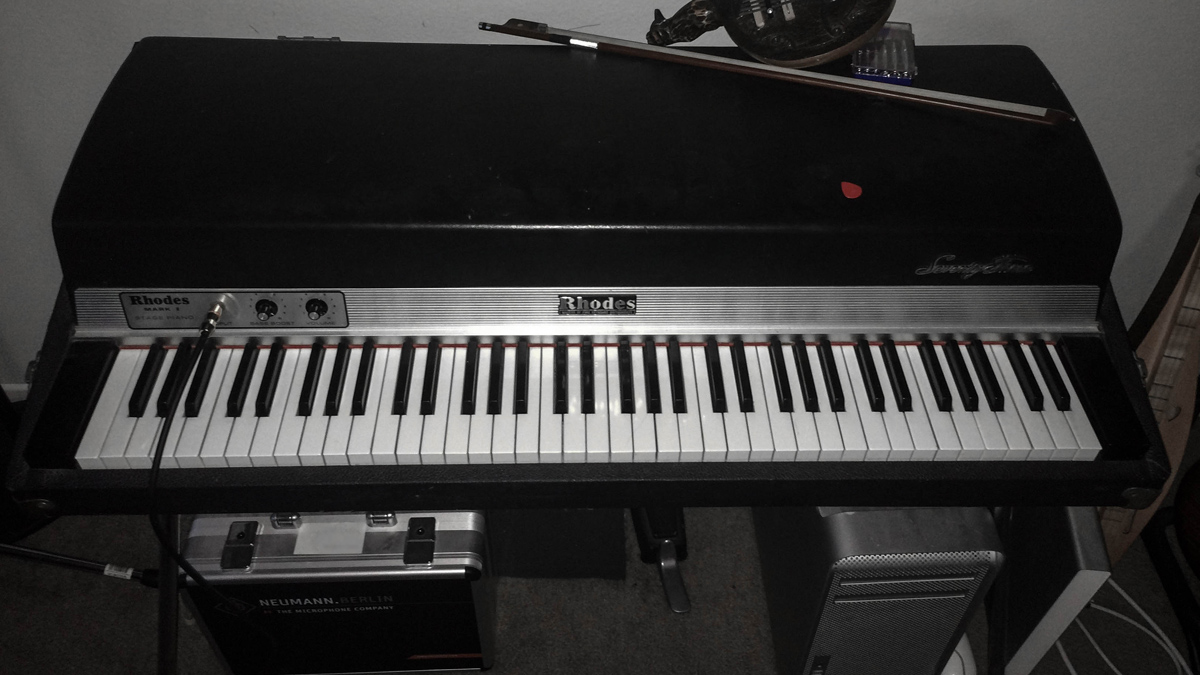
Fender Rhodes piano
“This is a late '70s Rhodes Mk1. They were pretty much my Holy Grail piano for as long as I can remember and I ended up finding this one in near perfect condition on craigslist three years ago.
“Nothing sounds like a Rhodes. If you add some reverb from an Eventide, it’s the sound of heaven opening up and drowning you into the sweet endless slumber.”

Rack
“My audio interface is the Avid HD Omni. The converters are some of the best I’ve ever heard and for a project studio of my size it’s ideal. I run a patchbay above it for all my gear to run through first to be routed wherever it needs to go.
“The Fractal Audio AxeFXII is my guitar processor. I use it pretty much exclusively for my guitar sounds at this point as the amp modelling is insane. There are something like 200 amps in there now, and software allows you to edit patches in a modular fashion. It’s almost like a guitar-focused Kyma system. I use it a ton with the modular synth as well. Many of the synths and basses on Ephemera were created between the modular and the AxeFXII.
“The Eventide DSP4000 is such a critical part of my sound. I've used it on pretty much every record of mine ever since I got it five years ago. There’s nothing else that sounds like it. It’s the most 3D and expensive-sounding FX unit I’ve ever heard.
“The Avalon 737 is my primary preamp. I actually bought it from Charlie Cooper of Telefon Tel Aviv about six months before he passed away. Needless to say, it’s an absolutely priceless piece of gear for me. My main studio mic is a Neumann TLM103 and the Avalon compliments it so well. All vocals, acoustic guitars and, if the modular is recording a mono signal, it’s going through here.”
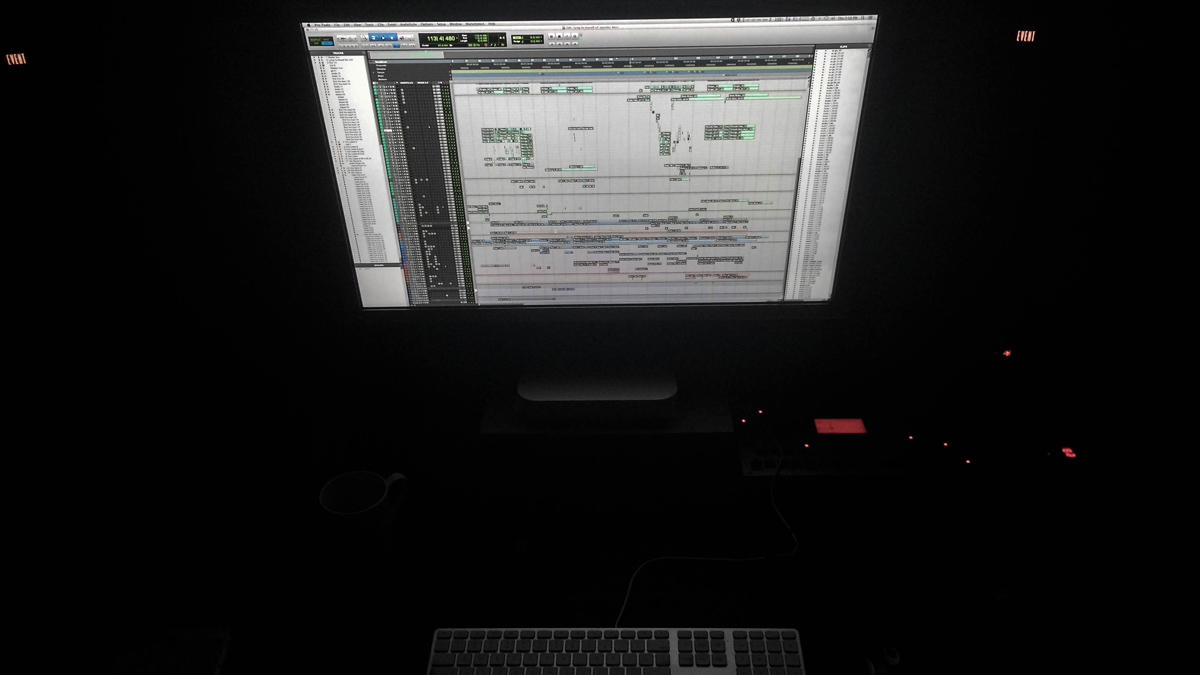
Avid Pro Tools
“Pro Tools is my DAW of choice. At this point I get exceedingly frustrated if I have to work in anything else! In the picture you can see a little bit of the session for [Ephemera track] Lying To Myself.
“To the right of the monitor, shrouded in the night, is an Elektron Machinedrum and a super-old Behringer V-Amp.
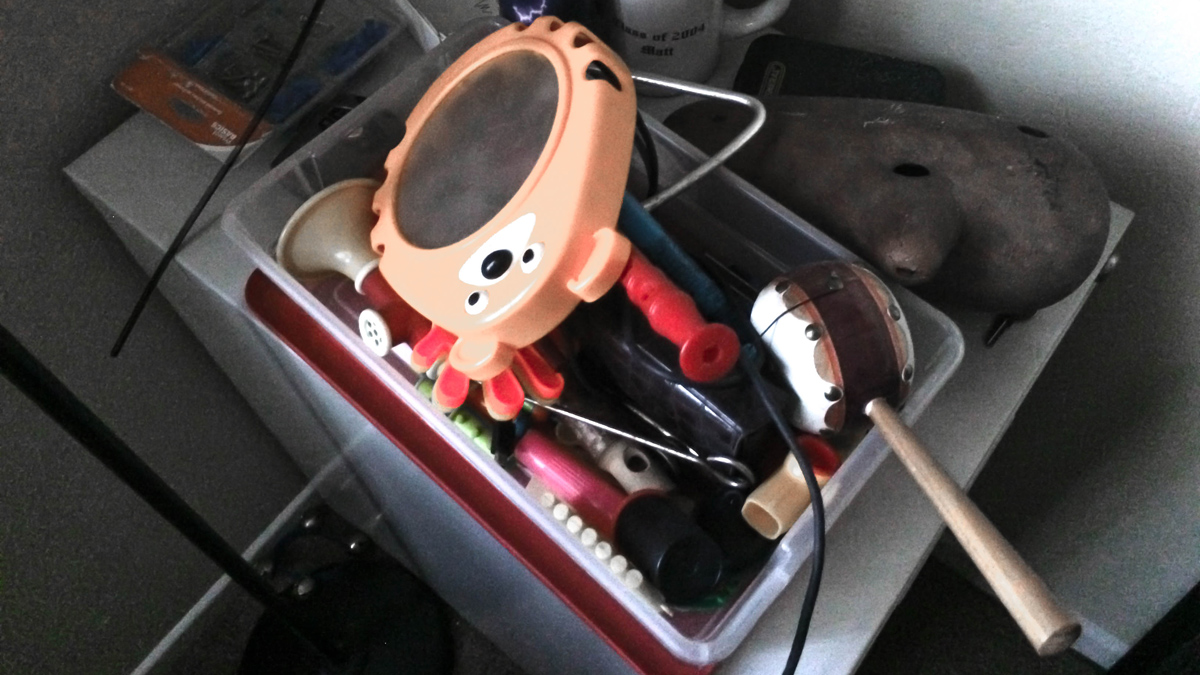
Toy box
“Just a box of toys, shakers and noisemakers that I record every now and then for percussion. It looks silly, it’s fun, and it's totally effective.”
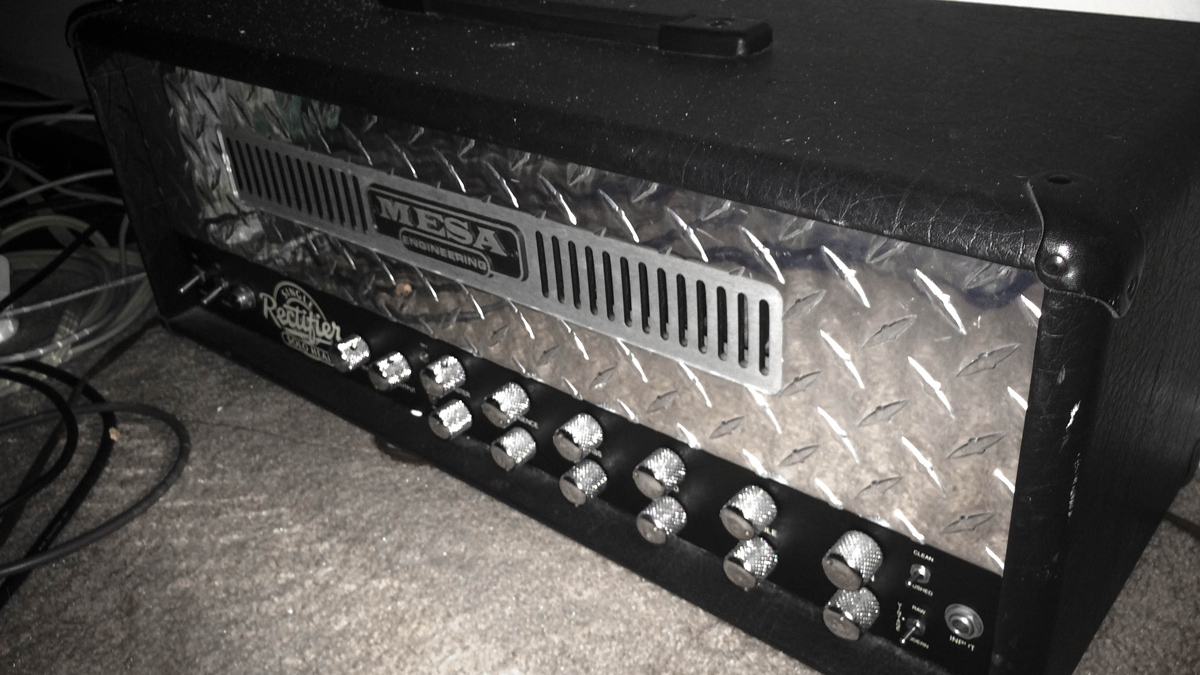
Mesa Rectifier
“The Mesa Rectifier pretty much just sits in the graveyard of the studio. I saved up forever when I was a teenager to be able to buy it second-hand, and it travelled to all the gigs I played with my band back then.
“It’s such a good-sounding amp, but it’s so loud. I don’t even have a speaker cabinet for it anymore. I pretty much keep it for nostalgic reasons and if I ever need a big amp on stage at some point, he’ll do just fine.”
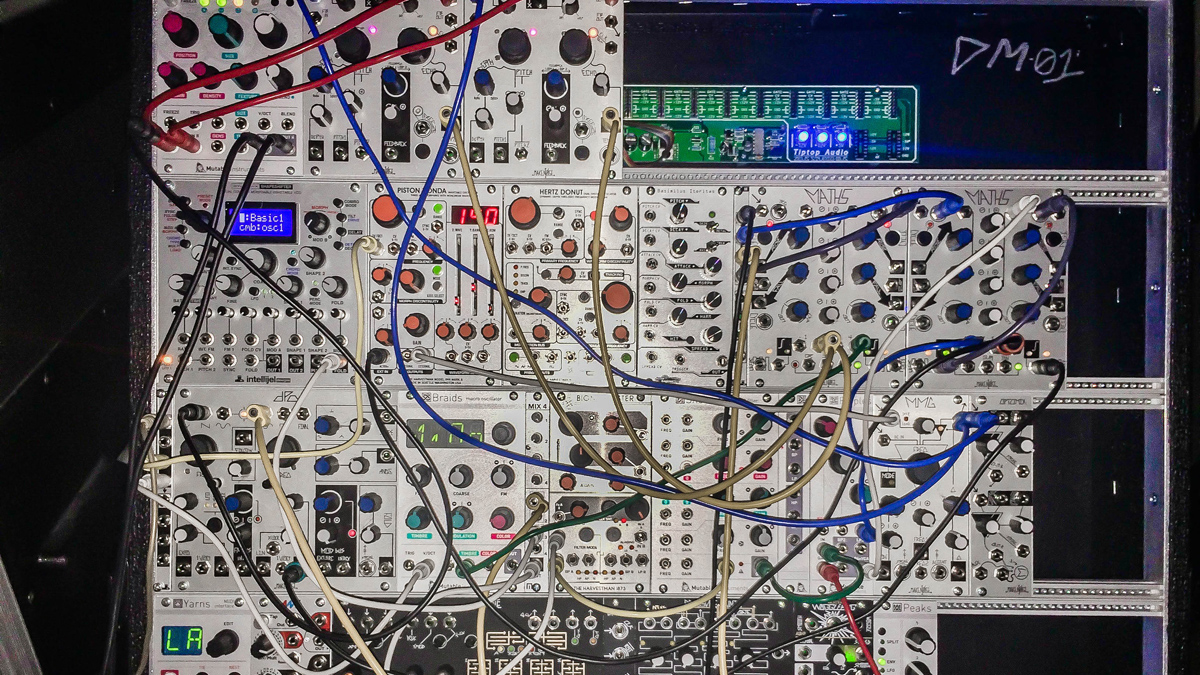
Modular setup
“I started putting the modular synth together about a year and a half ago. I designed it from the get go to be able to be used in a traditionally musical context as well as for bizarro noise making. It’s an endless source of inspiration and naturally encourages happy accidents.
“There’s are a fair amount of different modules in there at this point, with the general favourites being from Make Noise, Mutable Instruments, and The Harvestman. This is also the first custom case of this size that Dark Modular Cases built, hence the sweet serial number DM01.
“This thing is all over Ephemera, and some of the interludes were created solely with it performed live.
“Also note Plouds the finger puppet platypus whose lair space will never be taken for a module as he is the guardian of the modular.”
If you can't wait for Ephemera to land then check out the single Lying To Myself on Soundcloud.

I’m the Deputy Editor of MusicRadar, having worked on the site since its launch in 2007. I previously spent eight years working on our sister magazine, Computer Music. I’ve been playing the piano, gigging in bands and failing to finish tracks at home for more than 30 years, 24 of which I’ve also spent writing about music and the ever-changing technology used to make it.









